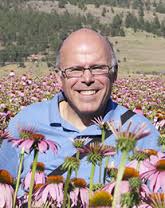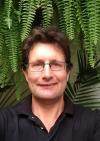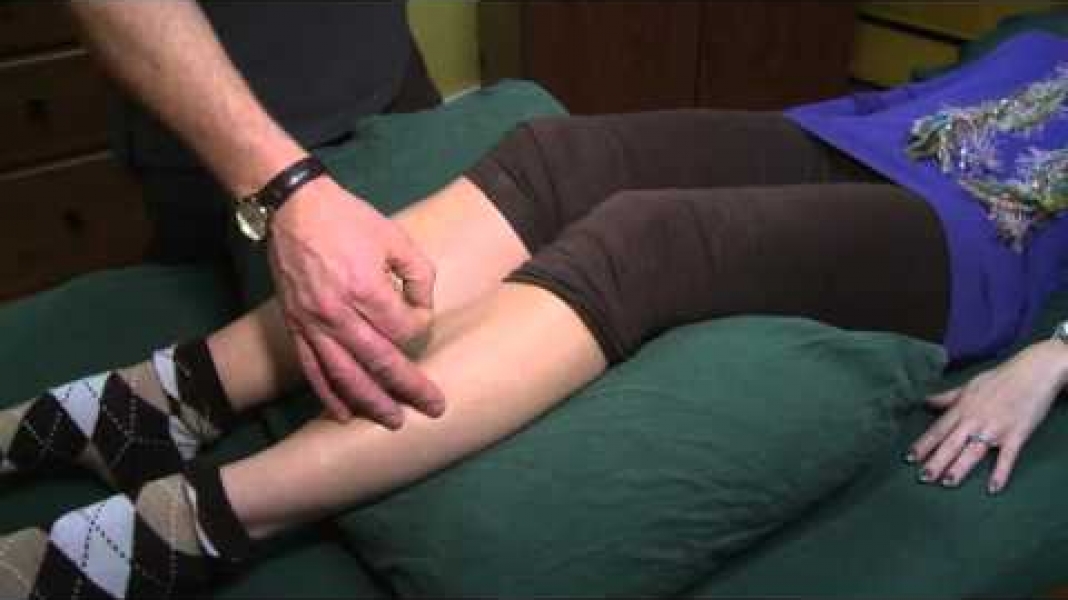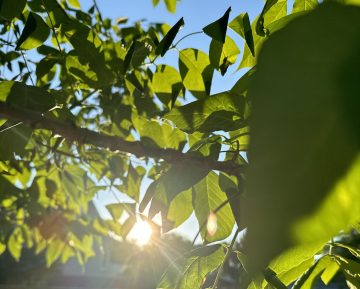Meeting and understanding other complementary health professionals

Dr. Mason-Wood

by Gord Grant, PhD, RAc
Over the next months I am investigating healthcare practices outside of my own field to better understand the science and tradition behind them. I intend to share my findings with my clinical team, my clients, and the public, so that we can all make more intelligent decisions about our healthcare choices.
This past week I met with Dr. Michael Mason-Wood a naturopathic doctor practicing at “Natural Terrain Naturopathic Clinic” on the west side of Edmonton to learn about some of the techniques he uses in his practise. I was particularly interested in prolotherapy (or proliferation therapy) and platelet rich plasma (PRP) therapy, so I am featuring this technique this month here and on my monthly visit to Global TV morning news where I discuss complementary medicine.
In Canada, prolotherapy is practiced by naturopathic doctors and some physicians, usually specialists in sports medicine. It has been shown to be effective in treating many conditions such as back and neck pain, tennis/golfers elbow, ankle pain, joint laxity and instability, plantar fasciitis, shoulder, knee pain and any tendonitis or ligament sprains.
Prolotherapy is a form of regenerative medicine first introduced in the 1930s by physicians to treat a joint, tendon or ligament by injecting a substance to stimulate healing. Like acupuncture, the simple local inflammation caused by puncturing a tissue can reinitiate healing. But prolotherapy adds a new level of potency through the use of injection to re-initiate normal healing systems. This option is often overlooked by or unknown to people with chronic joint pain who may go on to develop a reliance on anti-inflammatory medications or have turned perhaps too soon to a surgical intervention.
In theory, the local inflammation effect of prolotherapy recruits growth factors to re-initiate connective tissue repair. Sometimes the original injury initiates these similar growth and repair processes, but the healing ceases before the tissue is optimally healed. In prolotherapy, a solution of dextrose (a simple sugar also known as glucose) is injected at concentrations above 10% to cause irritation and inflammation, along with a local anaesthetic like procaine, and sometimes other components to support healing. Prolotherapy can restart the healing process and cause ligament thickening, enlargement of a tendon or its connection to bone, and strengthening and shortening of a sprained or stretched ligament.
Platelet rich plasma (PRP) therapy is a more modern version of prolotherapy. The doctor extracts about 60 mL of the patient’s blood, concentrates the platelet component, and then reinjects this back into the affected joint or ligament or tendon in the same way as prolotherapy. These activated platelets better “signal” to distant repair cells, including adult stem cells, to come to the injured site to assist in repair. The injections can be painful, particularly in the first two to three visits since there is inflammation. With a prolotherapy treatment every 2 weeks, healing can occur in 1-2 months. The response to treatment varies with each individual and the extent of trauma to the ligament, tendon or cartilage, as well as individual rates of healing. Some people require a few treatments, while others may need 10 or more. And with a PRP treatment, the rate of healing may be improved even further. PRP costs several hundred dollars per treatment and is often twice the cost of prolotherapy alone, although it can be more effective, due to the requirement of specialized medical equipment to concentrate the platelets.
Most often, minor joint injuries heal themselves, since this is what the body is designed to do! An appropriate balance of rest and exercise are key factors that support coming back into full function. For more significant musculoskeletal problems that do not quickly resolve themselves, people often see their doctor for prescriptions of anti-inflammatory drugs, further investigation using imaging diagnostics, or referral to a physiotherapist or other specialist. Complementary modalities like massage and acupuncture can be cost effective ways of promoting and speeding the natural healing of an injury along the way. But for chronic musculoskeletal problems that are not resolving or improving over several weeks, despite medical care, proper rest, exercise and the use of other complementary therapies, prolotherapy and PRP are excellent options to explore.
For more information regarding injection therapies,
Contact Information for Dr. Michael Mason-Wood
Natural Terrain Naturopathic Clinic
Callingwood Professional Building
200-6650 177St NW, Edmonton, AB T5T 4J5.
(587) 521-3595




